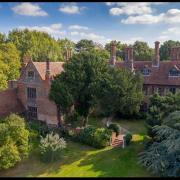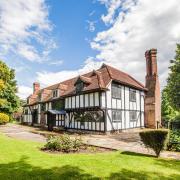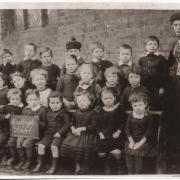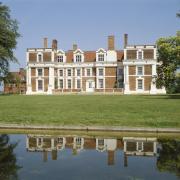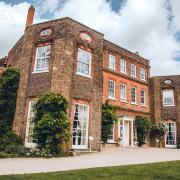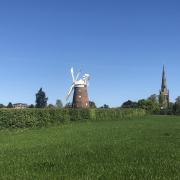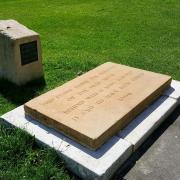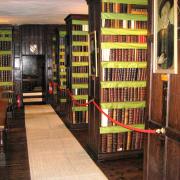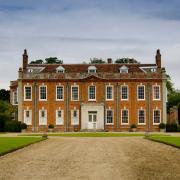The lost Forest of Essex - by Andrew Millham
The royal Forest of Essex existed from around 1100 until it was disestablished in the 13th century, breaking up and forming the smaller woodlands that we enjoy today – including Epping Forest. It once stretched from Bow in London almost to Cambridge and Colchester, covering 66,000 green acres with dark glades of oak, ash and thorn. Naturalist Oliver Rackham analysed the Doomsday returns for Essex and estimated that 20 per cent of the county was wooded in 1086, sheltering hermits, woodsmen, vagrants and gipsies, as well as outlaws and highwaymen.
Until around two centuries ago, monarchs from William the Conqueror to Queen Anne enjoyed the chase in Essex – manifested by Queen Elizabeth’s imposing Hunting Lodge. There was plenty of game to be had, but in those times the penalty for poaching was severe: branding, transportation or death. Venison could be caught legally on occasion, and whilst London citizens were allowed to hunt in Epping Forest for one day of the year, aristocrats enjoyed no such restrictions, forming more than 100 deer parks in Essex and Kent by the end of the 16th century.

After the hunt, prized cuts of meat were sent to the lord’s kitchens, whilst the less desirable offal, called humbles (or ’umbles), were given to the huntsmen and servants by way of payment. A mixture of heart, liver, kidney and tougher cuts of deer were topped with pastry to create ’umble pie and pasties, a dish mentioned by Samuel Pepys in his diary on July 5, 1662. This lowly medieval dining custom likely inspired the expression ‘eating humble pie’.
The forests and grazing lands of Essex hosted so many cattle that the term ‘Essex calf’ came to be used for anyone who hailed from the county. Beef is still our choice of Sunday joint, and Epping Forest lays claim to an obscure legend telling of how beef sirloin was named. After a successful day hunting, King James I returned to Chingford (a local government district of Essex until 1965) in high spirits. A fruitful banquet awaited him, and he supposedly caught sight of a glorious joint in front of him, declaring that it deserved a title. Raising a sword with mock reverence, the King pronounced the meat ‘Sir Loin of Beef. Arise Sir Loin’ – the name stuck. Thereafter, the oak banquet table was preserved and bares a brass plate with the inscription:
‘All lovers of roast beef will like to be informed that on this table a loin was knighted by King James I on his return from hunting in Epping Forest.’

Such a mass of trees also gave rise to ghostly tales. Most notably, the spectre of notorious highwayman Dick Turpin, who was commonly seen riding a phantom horse down Traps Hill, Loughton, with a woman clinging to his back whom he allegedly murdered for her money. Forests are the traditional place of darkness, danger, mystery, magic and enchantment. Today, the lost Forest of Essex makes even our largest woods seem like groves and, reminded of just how much wildlife our county has lost, let us endeavour to protect every last tree so that a portion of mystery may be preserved.
The deepest Essex few explore
Where steepest thatch is sunk in flowers
And out of elm and sycamore
Rise flinty fifteenth-century towers.
- Sir John Betjaman, A Few Late Chrysanthemums, 1954




